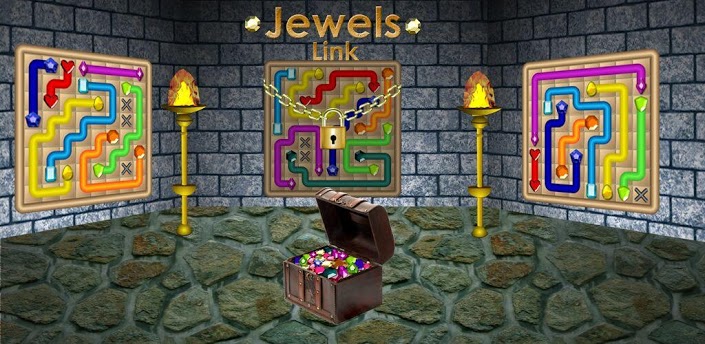

If a team is behind in the game, playing a zone can be a poor strategy because zones usually allow the offense to take more time off the clock on each possession, which limits the time remaining for the losing team to reduce the lead.Zones have gaps (areas that are not well-covered by defenders) that can be exploited by teams that pass well or have guards capable of penetrating the zone.Zones tend to be weak on the perimeter, so they are not very effective against teams with good outside shooters.Against teams with inexperienced guards, trapping zones can disrupt the offense and force turnovers.To prevent easy scores when the ball is in-bounded under the basket.


Playing a zone is less tiring and thus can help teams suffering from fatigue.A zone can help players in danger of fouling out by taking pressure off them.A poor defensive player can often be "hidden" in a zone because teammates can more easily help if he or she is beaten.This can allow the offense to use more time before a shot is attempted, an advantage for teams wanting to slow the tempo of a game. Unless trapping is involved, zone defenses typically do not involve aggressive pressure on the ball handler and allow the offensive team to easily pass the ball around the perimeter.If the opponents are poor long-range shooters, a zone can be very effective, simultaneously allowing for defensive rebounds. Many zones pack defenders in the lane but allow the offensive team to take long-range shots.The opposing team has a player/players too fast (in the case of guards) or too big (in the case of forwards or centers) for man-to-man defense to be effective.Some of the reasons for using a zone defense are: ( December 2017) ( Learn how and when to remove this template message) Unsourced material may be challenged and removed. Please help improve this section by adding citations to reliable sources. The Dallas Mavericks under coach Rick Carlisle are an example of an NBA team that have regularly used zone defenses. The NBA has a defensive three-second violation rule which was also introduced with the 2001–2002 season, which makes it more difficult for teams to play zone, since such defenses usually position a player in the middle of the key to stop penetration. In the National Basketball Association, zone defenses were prohibited until the 2001–2002 season, and most teams do not use them as a primary defensive strategy. Zone defenses are common in international, college, and youth competition. A variant of this is triangle-and-two, in which three defenders are in a 2–1 zone and two defenders guard two specific offensive players. Hybrid defenses also include Box-and-one, in which four defenders are in a 2–2 zone and one defender guards a specific player on the offense. John Chaney, former head coach of Temple University, is the most famous proponent of this defense. Match-up zone is a hybrid man-to-man and zone defense in which players apply man-to-man defense to whichever opposing player enters their area. For example, in a 2–3 zone two defenders cover areas in the top of the zone (near the top of the key) while three defenders cover areas near the baseline. The names given to zone defenses start with the number of players on the front of the zone (farthest from the goal) followed by the numbers of players in the rear zones. Zone defenses and zone principles are commonly used in association football, American football, Australian rules football, basketball, ice hockey, lacrosse, netball and ultimate among others. Zone defense is a type of defense, used in team sports, which is the alternative to man-to-man defense instead of each player guarding a corresponding player on the other team, each defensive player is given an area (a zone) to cover.Ī zone defense can be used in many sports where defensive players guard players on the other team. JSTOR ( January 2013) ( Learn how and when to remove this template message).Please help improve this article by adding citations to reliable sources. This article needs additional citations for verification.


 0 kommentar(er)
0 kommentar(er)
